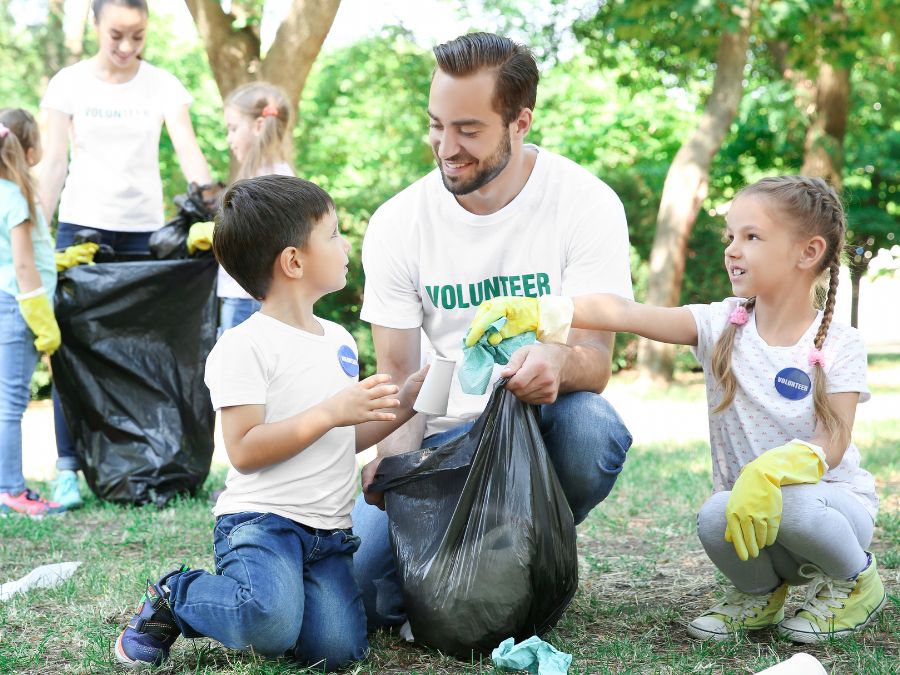
HOPE benefits organizations and the children and families they serve
The HOPE National Resource Center works closely with organizations to implement positive changes using the HOPE framework. HOPE is a flexible, strength-based model that many children- and family-serving professionals use to promote positive childhood experiences (PCEs) in their work. We commonly hear from these HOPE-trained professionals how important it is for their organizational leaders to practice the framework as well.
Positive experiences are not exclusive to children. When organizational leaders use the HOPE framework to promote a positive internal culture for their staff, they inevitably impact the children and families they serve. Organizations can intentionally celebrate their staff’s strengths and engage with them in how their work connects to a shared mission and vision. This allows staff members to feel valued and a part of something bigger than themselves.
Organization leaders need to set an example by using the HOPE framework to inform how they supervise their staff, review and conduct their policies and practices, and seek community feedback. By doing so, a positive HOPE-Informed culture helps maintain higher staff satisfaction and retention and improves the relationship between organizations and the communities they serve.
HOPE resource for organizational leaders and decision makers
To help organizations create a culture of HOPE, we created the HOPE Leadership and Supervision resource in partnership with the YMCA of San Diego County. This resource can be used with the HOPE-Informed Decision Making Checklist.
This resource shares helpful examples of how to be an effective leader using the HOPE framework.
- Begin supervision sessions by noting or asking about something the staffer has done well or is proud of since the last time you spoke.
- Incorporate “what is going well” into every case conference.
- Create satisfaction surveys for families to complete.
- Include time during each staff meeting to discuss how services support one or more of the Four Building Blocks of HOPE.
- Evaluate current forms to determine if they ask about strengths and have strengths-based language.
- Ask during supervision sessions how the intervention is increasing access to one or more of the Four Building Blocks of HOPE.
- Ensure supervision is a place for staff to think about how their treatment planning honors the family’s experience, preferences, and priorities.
- Prioritize staff development around self-care and emotion regulation.


